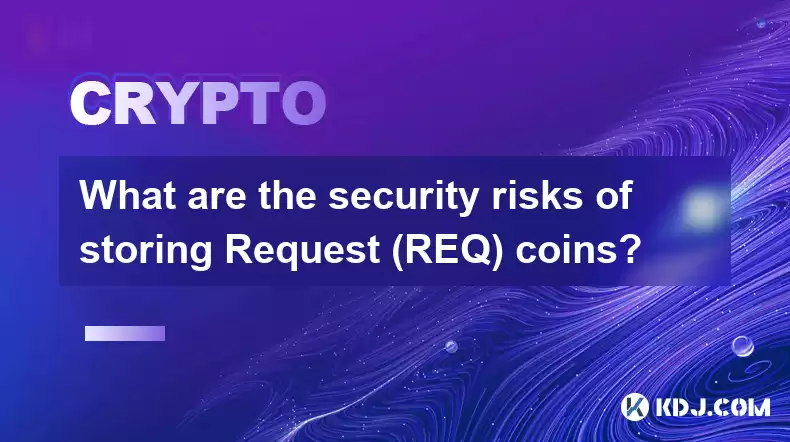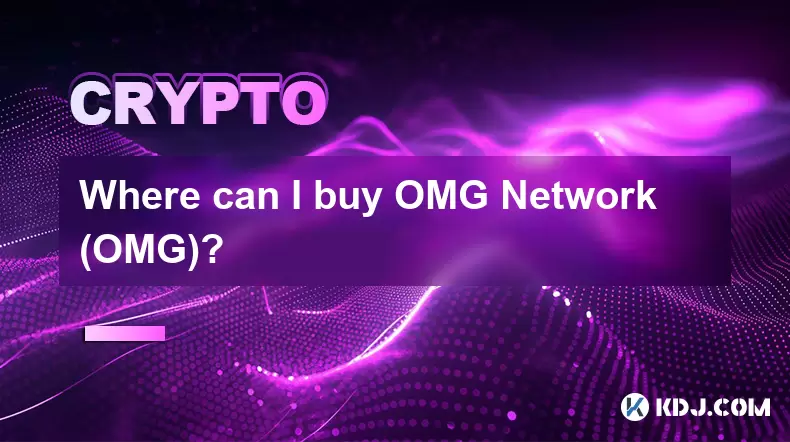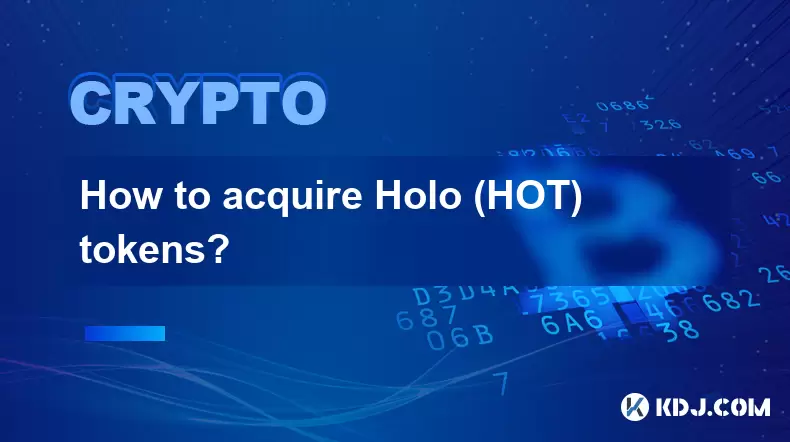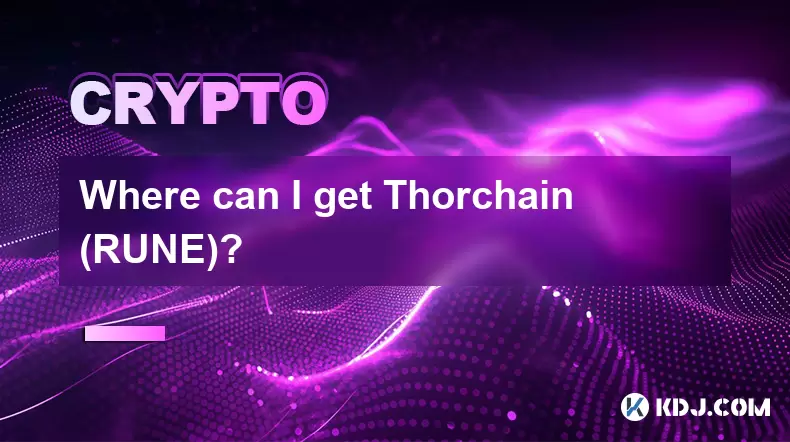-
 Bitcoin
Bitcoin $116900
0.35% -
 Ethereum
Ethereum $3989
3.42% -
 XRP
XRP $3.349
9.04% -
 Tether USDt
Tether USDt $1.000
0.00% -
 BNB
BNB $792.6
2.29% -
 Solana
Solana $177.6
3.36% -
 USDC
USDC $0.9998
0.00% -
 Dogecoin
Dogecoin $0.2256
5.26% -
 TRON
TRON $0.3389
0.04% -
 Cardano
Cardano $0.7954
3.59% -
 Stellar
Stellar $0.4609
10.90% -
 Hyperliquid
Hyperliquid $41.68
6.44% -
 Sui
Sui $3.827
2.12% -
 Chainlink
Chainlink $19.75
9.94% -
 Bitcoin Cash
Bitcoin Cash $581.3
0.54% -
 Hedera
Hedera $0.2636
4.16% -
 Avalanche
Avalanche $23.60
3.69% -
 Ethena USDe
Ethena USDe $1.001
-0.03% -
 Litecoin
Litecoin $122.9
2.37% -
 Toncoin
Toncoin $3.365
1.23% -
 UNUS SED LEO
UNUS SED LEO $8.981
0.31% -
 Shiba Inu
Shiba Inu $0.00001301
2.69% -
 Uniswap
Uniswap $10.68
5.35% -
 Polkadot
Polkadot $3.926
3.70% -
 Dai
Dai $1.000
0.00% -
 Bitget Token
Bitget Token $4.488
2.21% -
 Cronos
Cronos $0.1539
3.99% -
 Monero
Monero $269.7
-1.19% -
 Pepe
Pepe $0.00001124
3.04% -
 Aave
Aave $285.4
3.89%
What are the security risks of storing Request (REQ) coins?
The decentralized nature of REQ tokens and the Request Network enhances security and autonomy but necessitates consideration of centralization risks and evaluation of third-party custody solutions.
Dec 24, 2024 at 12:05 pm

Key Points:
- Understanding the Unique Characteristics of Request Network and REQ Tokens
- Evaluating the Risk of Centralization
- Assessing the Security of Third-Party Custody Solutions
- Implementing Best Practices for Self-Custody
- Exploring the Insurance and Recovery Options for REQ Coins
- FAQs Regarding the Security Risks of REQ Storage
Deep Dive into the Security Risks of Storing Request (REQ) Coins
Understanding the Unique Characteristics of Request Network and REQ Tokens
Request Network is a decentralized network designed to streamline the invoicing and payment process between businesses and individuals. At its core is the REQ token, an Ethereum-based ERC-20 utility token that facilitates payments on the network. Due to its decentralized nature, REQ tokens are not subject to the control of any central authority, providing users with enhanced security and autonomy.
Evaluating the Risk of Centralization
Although Request Network is decentralized, it is important to consider the risk of centralization within the ecosystem. Certain entities, such as exchanges and custodians, may hold a significant portion of REQ tokens, potentially introducing a centralized point of failure. If one of these entities were to experience a security breach or operational disruption, it could have a negative impact on the value and accessibility of REQ tokens.
Assessing the Security of Third-Party Custody Solutions
Many investors choose to store their REQ tokens with third-party custodians, such as cryptocurrency exchanges or hardware wallets. These solutions offer convenience and often enhanced security measures, but they also introduce the risk of counterparty failure. It is crucial to thoroughly research the reputation and security practices of any custodian before entrusting them with your REQ tokens.
Implementing Best Practices for Self-Custody
For those seeking the highest level of security, self-custody is the preferred option. This involves storing REQ tokens in a non-custodial wallet that you control the private keys for. Hardware wallets, such as Trezor or Ledger, offer a secure offline storage solution, while software wallets, such as MetaMask, provide a convenient way to manage your tokens online.
Exploring the Insurance and Recovery Options for REQ Coins
While self-custody offers greater control and security, it also carries the responsibility of safeguarding your private keys. In the event that you lose or forget your keys, you may lose access to your REQ tokens. To mitigate this risk, consider purchasing insurance or using a recovery service.
FAQs Regarding the Security Risks of REQ Storage
Q: What are some common security risks associated with storing REQ coins?
A: The primary security risks include centralized points of failure (e.g., exchanges), counterparty failure (e.g., custodians), phishing attacks, malware, and self-custody risks (e.g., lost or stolen keys).
Q: What steps can I take to protect my REQ coins from security breaches?
A: Implement best practices for self-custody (e.g., using a hardware wallet), thoroughly research third-party custodians, be vigilant against phishing attacks and malware, and consider purchasing insurance or using a recovery service.
Q: Is it safer to store REQ coins in a hot wallet or cold wallet?
A: Cold wallets (e.g., hardware wallets) provide a higher level of security due to their offline nature, while hot wallets (e.g., software wallets) are more convenient but potentially more vulnerable to online attacks.
Disclaimer:info@kdj.com
The information provided is not trading advice. kdj.com does not assume any responsibility for any investments made based on the information provided in this article. Cryptocurrencies are highly volatile and it is highly recommended that you invest with caution after thorough research!
If you believe that the content used on this website infringes your copyright, please contact us immediately (info@kdj.com) and we will delete it promptly.
- PENDLE Price Pumping: Is This Cryptocurrency's Momentum Sustainable?
- 2025-08-08 20:50:11
- BlockchainFX (BFX): The Crypto Presale Shaking Up the Scene in 2025
- 2025-08-08 21:10:15
- GMO Miner, Bitcoin, and XRP Mining: A New Era of Passive Income?
- 2025-08-08 21:10:15
- Web3 Antivirus, Token Validation, Wallets & Exchanges: Staying Safe in DeFi
- 2025-08-08 21:16:08
- BlockchainFX, TRON, Aave: Navigating the Crypto Landscape in 2025
- 2025-08-08 21:16:08
- World Liberty Financial's USD1 Loyalty Program & HTX: A New Era for Stablecoins?
- 2025-08-08 21:20:12
Related knowledge

Where can I buy UMA (UMA)?
Aug 07,2025 at 06:42pm
Understanding UMA and Its Role in Decentralized FinanceUMA (Universal Market Access) is an Ethereum-based decentralized finance (DeFi) protocol design...

Where can I purchase Siacoin (SC)?
Aug 08,2025 at 11:14am
Understanding Siacoin (SC) and Its Role in the Sia NetworkSiacoin (SC) is the native cryptocurrency of the Sia decentralized cloud storage platform, a...

Where can I buy OMG Network (OMG)?
Aug 08,2025 at 12:57pm
Understanding OMG Network (OMG) and Its PurposeThe OMG Network, originally known as OmiseGO, is a layer-2 scaling solution built on the Ethereum block...

What exchanges support buying IOTA (MIOTA)?
Aug 07,2025 at 09:58pm
Understanding the Role of Private Keys in Cryptocurrency SecurityIn the world of cryptocurrency, private keys are the cornerstone of ownership and con...

How to acquire Holo (HOT) tokens?
Aug 08,2025 at 05:56am
Understanding Holo (HOT) and Its EcosystemHolo (HOT) is a cryptocurrency token associated with the Holo ecosystem, which is built on the Holochain fra...

Where can I get Thorchain (RUNE)?
Aug 08,2025 at 08:07am
Understanding the Role of Seed Phrases in Cryptocurrency WalletsA seed phrase, also known as a recovery phrase or mnemonic phrase, is a critical compo...

Where can I buy UMA (UMA)?
Aug 07,2025 at 06:42pm
Understanding UMA and Its Role in Decentralized FinanceUMA (Universal Market Access) is an Ethereum-based decentralized finance (DeFi) protocol design...

Where can I purchase Siacoin (SC)?
Aug 08,2025 at 11:14am
Understanding Siacoin (SC) and Its Role in the Sia NetworkSiacoin (SC) is the native cryptocurrency of the Sia decentralized cloud storage platform, a...

Where can I buy OMG Network (OMG)?
Aug 08,2025 at 12:57pm
Understanding OMG Network (OMG) and Its PurposeThe OMG Network, originally known as OmiseGO, is a layer-2 scaling solution built on the Ethereum block...

What exchanges support buying IOTA (MIOTA)?
Aug 07,2025 at 09:58pm
Understanding the Role of Private Keys in Cryptocurrency SecurityIn the world of cryptocurrency, private keys are the cornerstone of ownership and con...

How to acquire Holo (HOT) tokens?
Aug 08,2025 at 05:56am
Understanding Holo (HOT) and Its EcosystemHolo (HOT) is a cryptocurrency token associated with the Holo ecosystem, which is built on the Holochain fra...

Where can I get Thorchain (RUNE)?
Aug 08,2025 at 08:07am
Understanding the Role of Seed Phrases in Cryptocurrency WalletsA seed phrase, also known as a recovery phrase or mnemonic phrase, is a critical compo...
See all articles

























































































